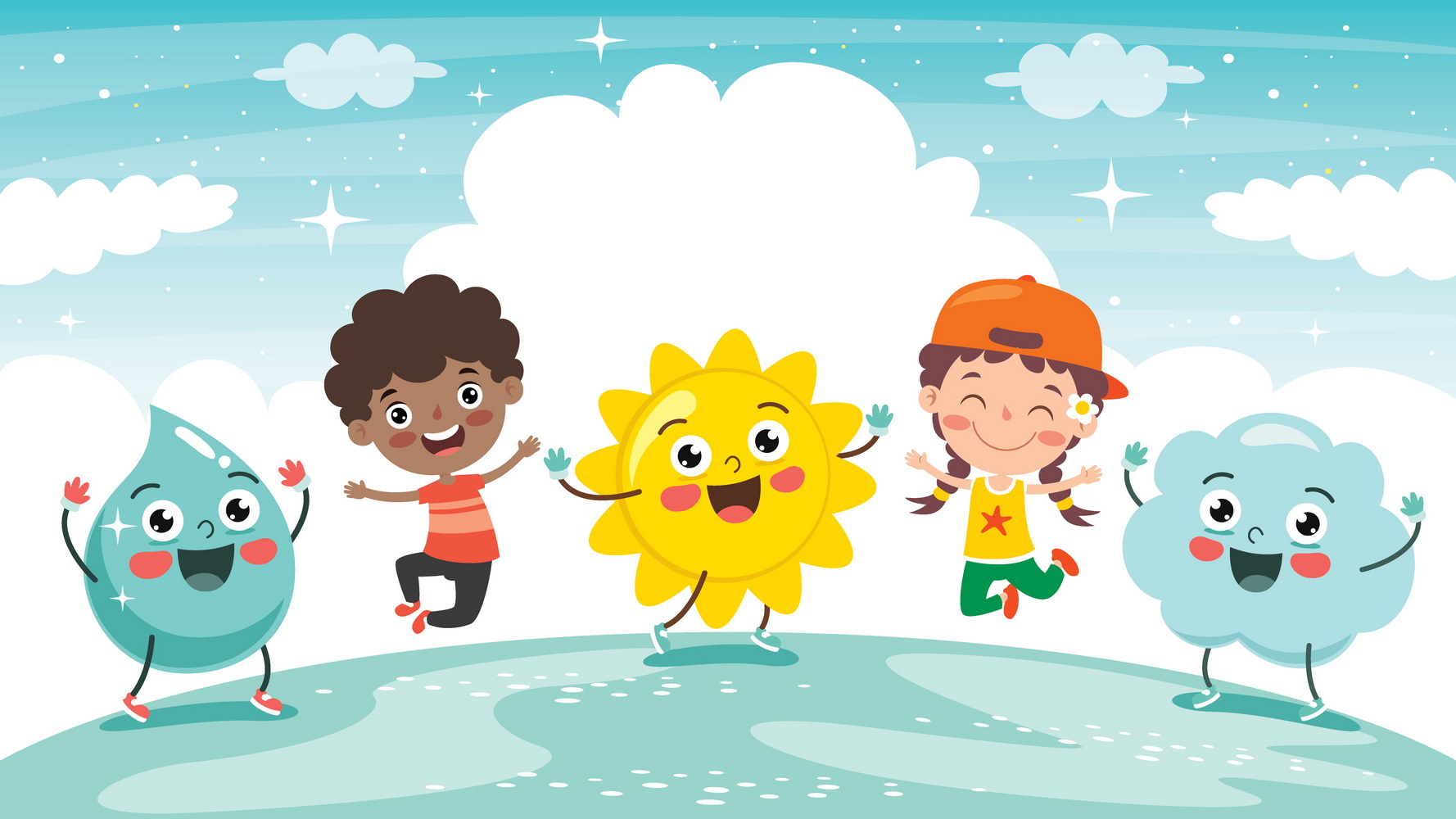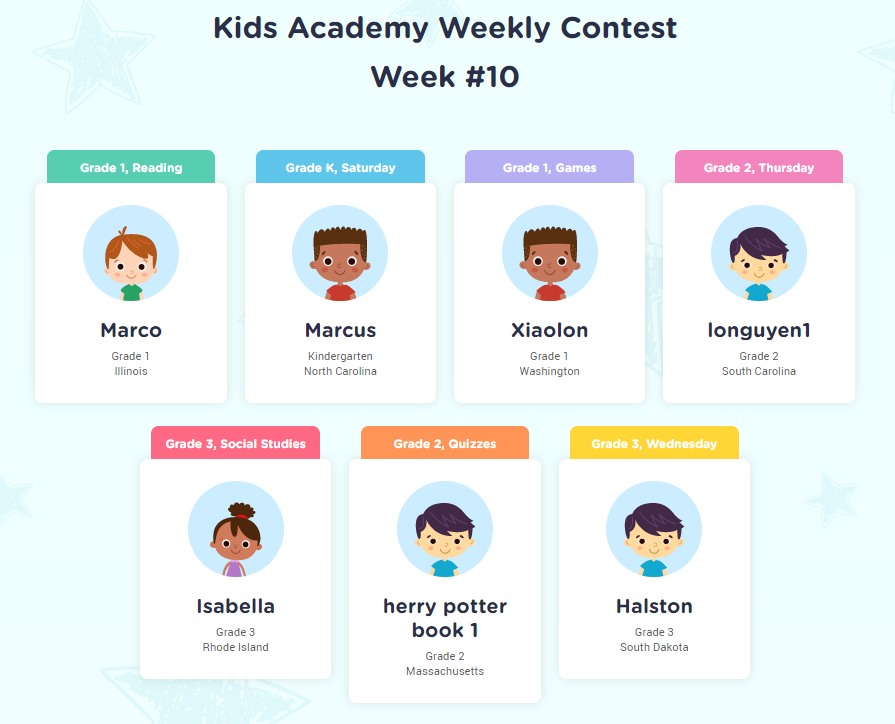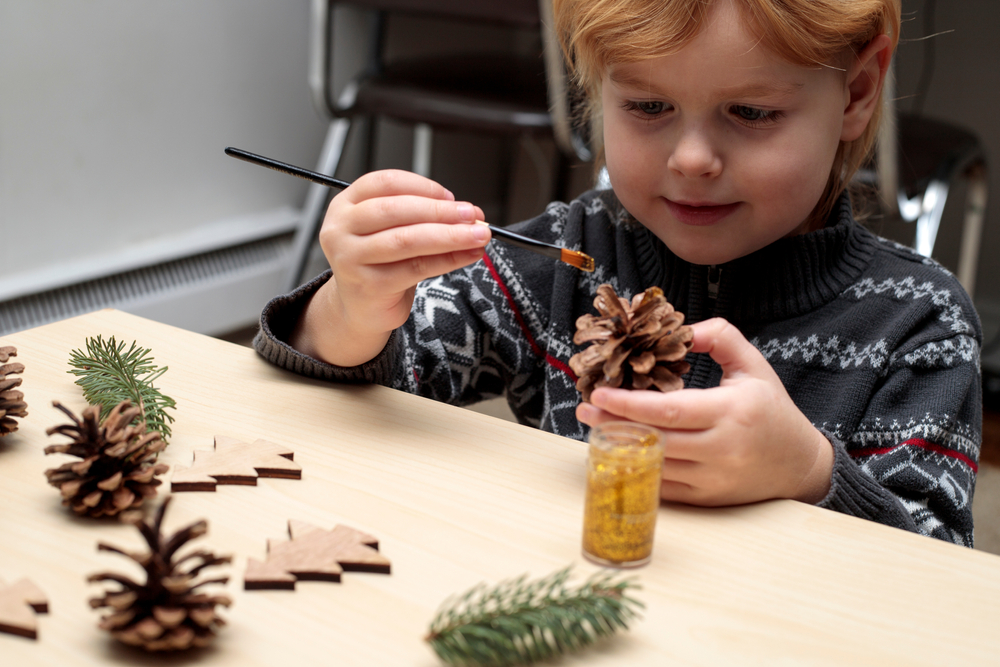Number Recognition Normal Worksheets for Ages 3-9 - Page 6
132 filtered results
-
From - To


Free Addition Worksheet
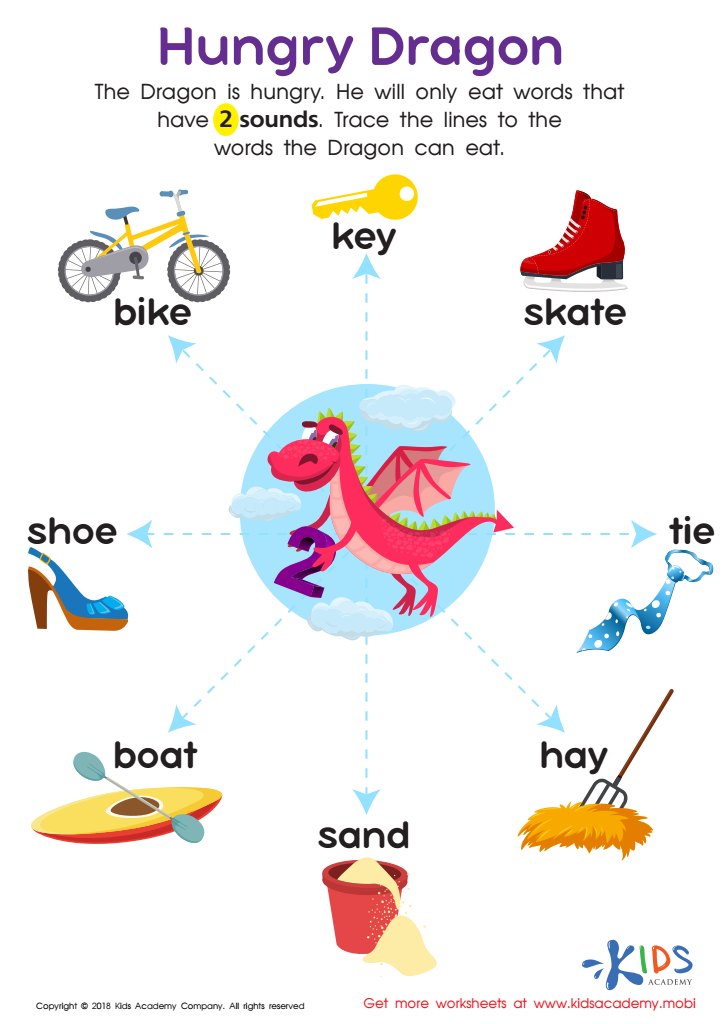

Hungry Dragon Worksheet
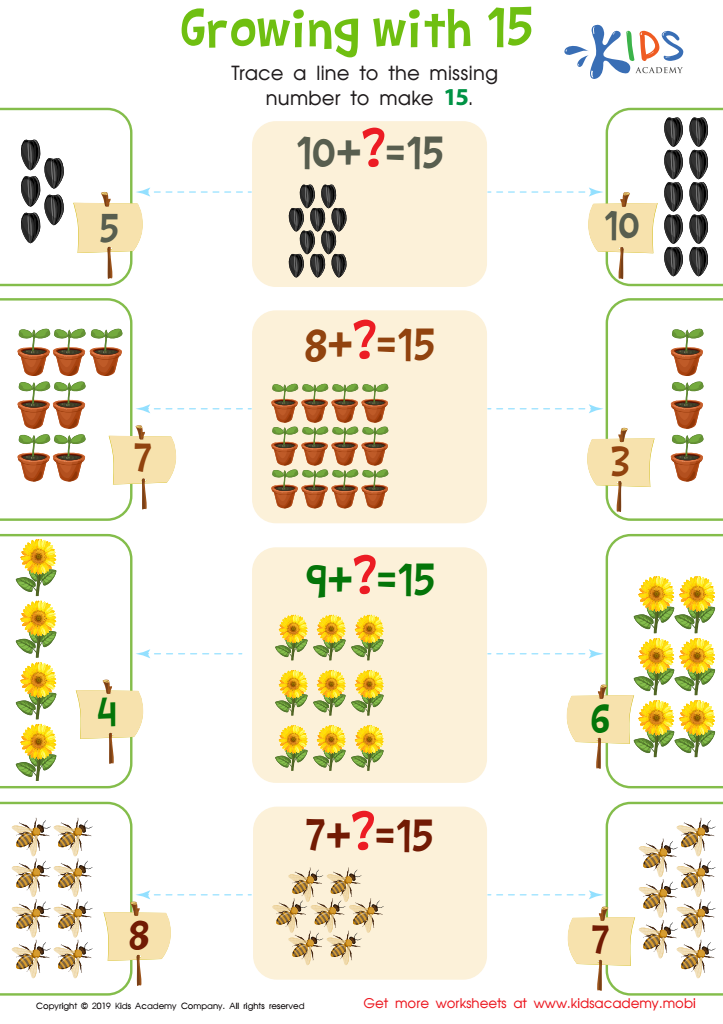

Growing with 15 Worksheet


1, 2 or 3? Worksheet
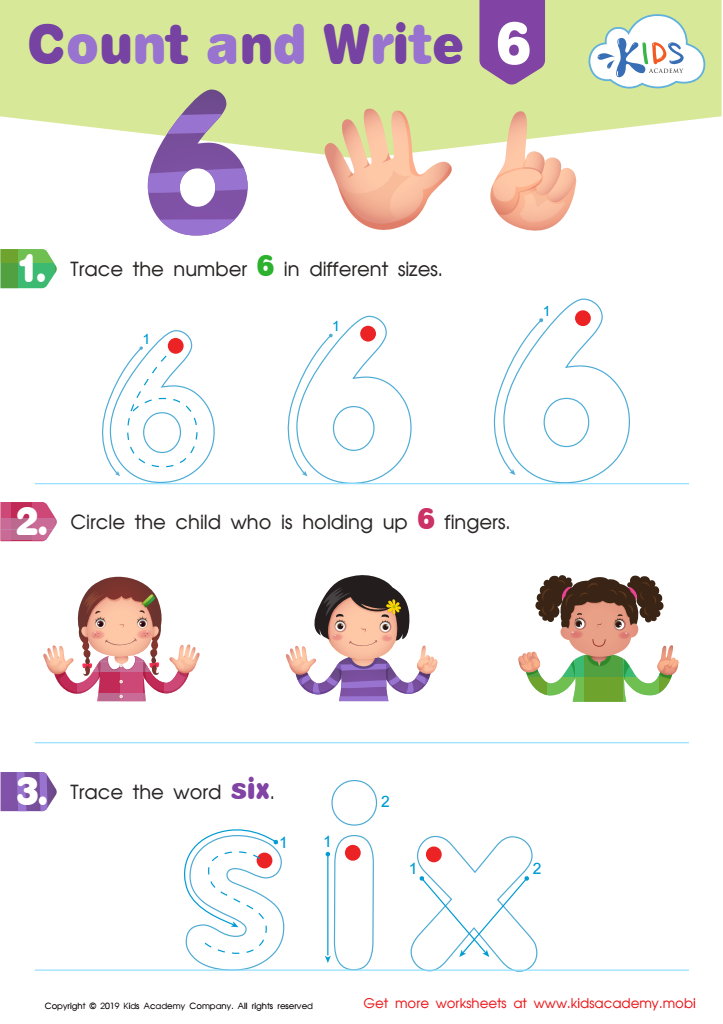

Count and Write 6 Worksheet
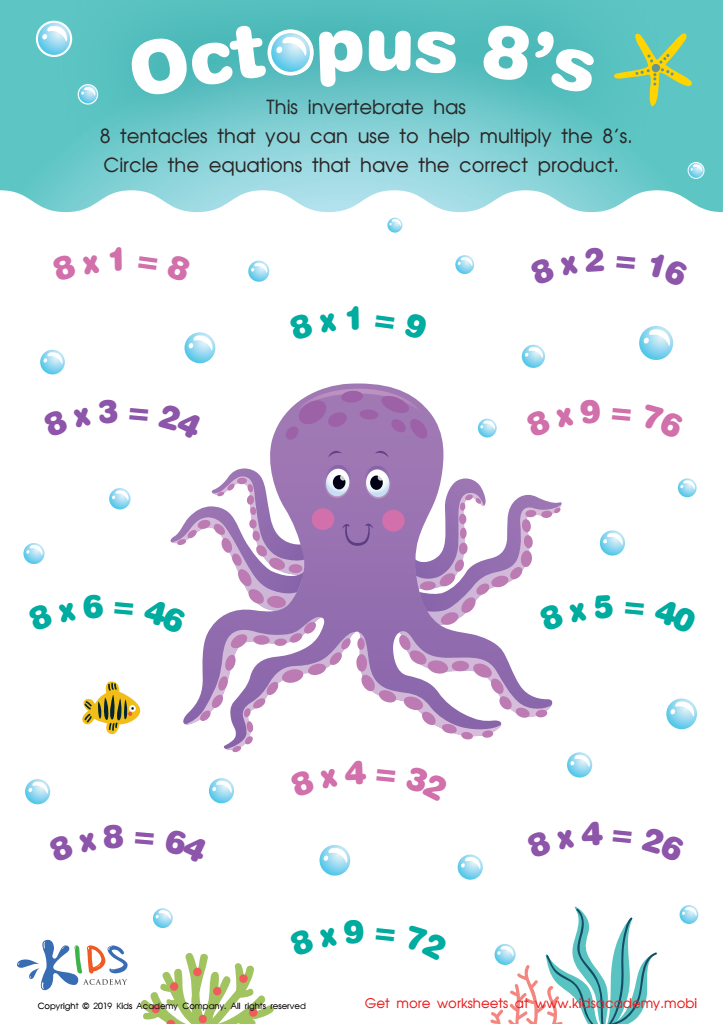

Octopus 8’s Worksheet
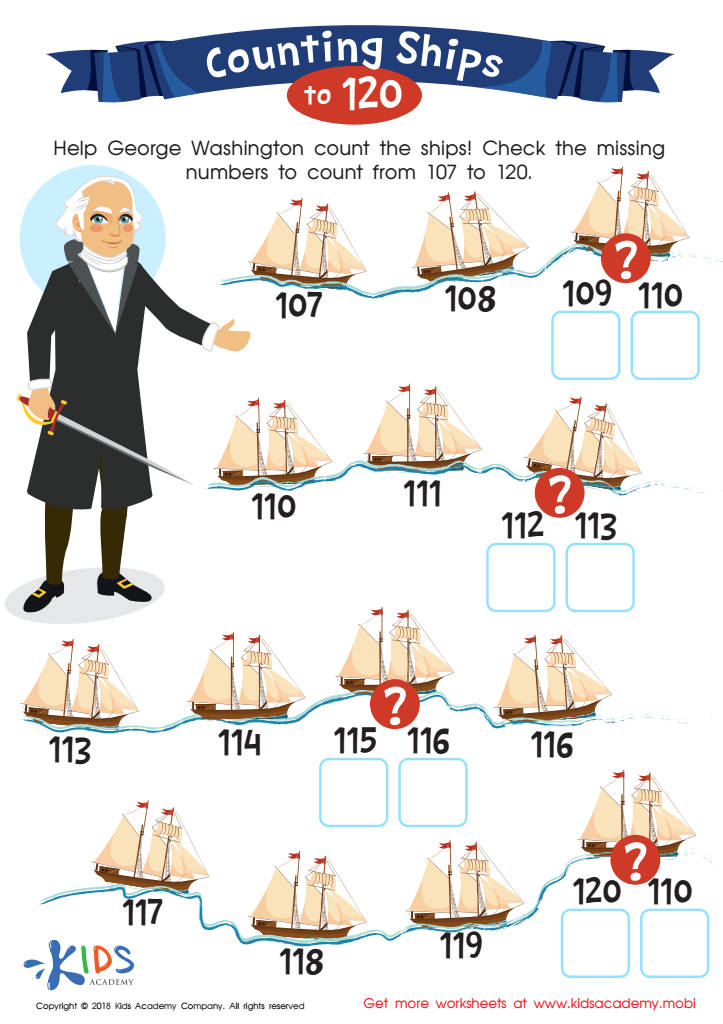

Counting Ships to 120 Worksheet
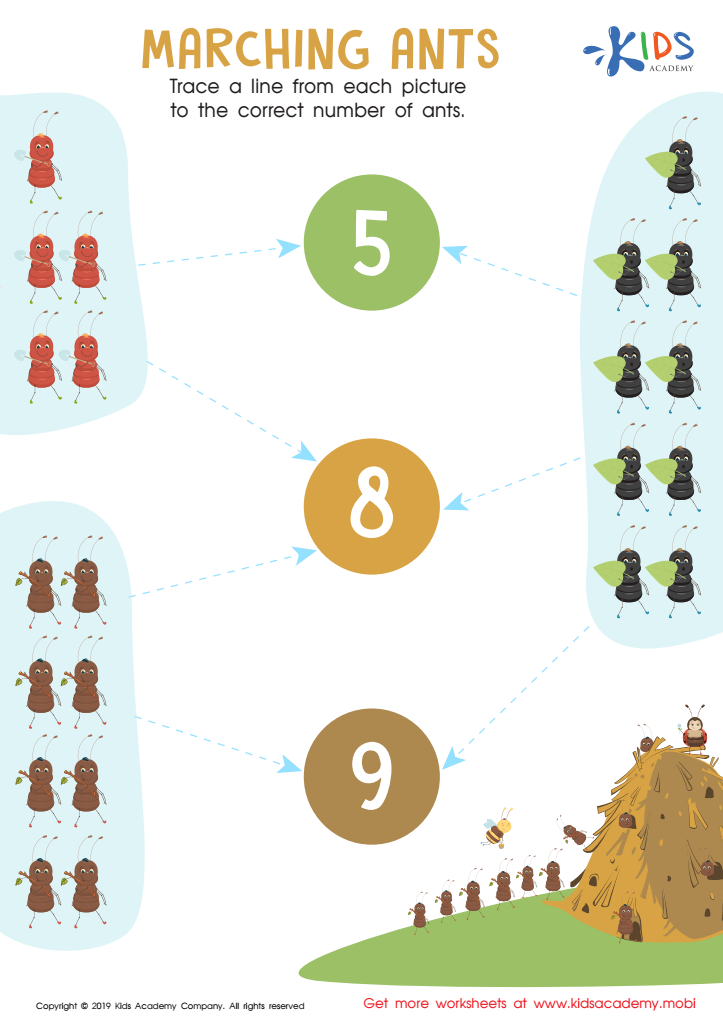

Marching Ants Worksheet
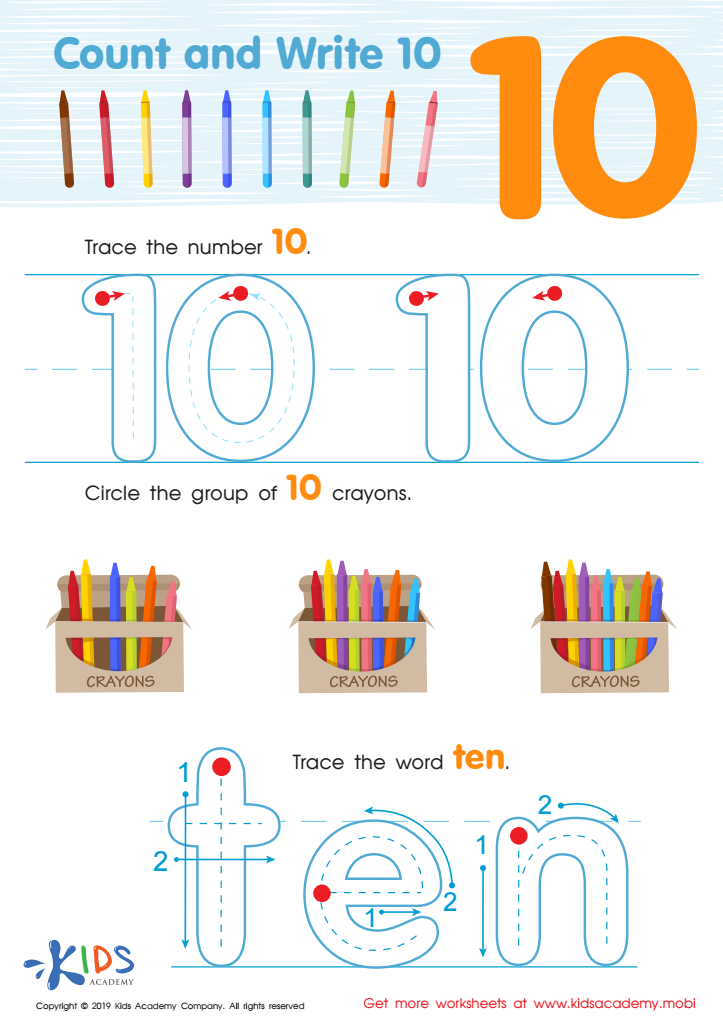

Count and Write 10 Worksheet
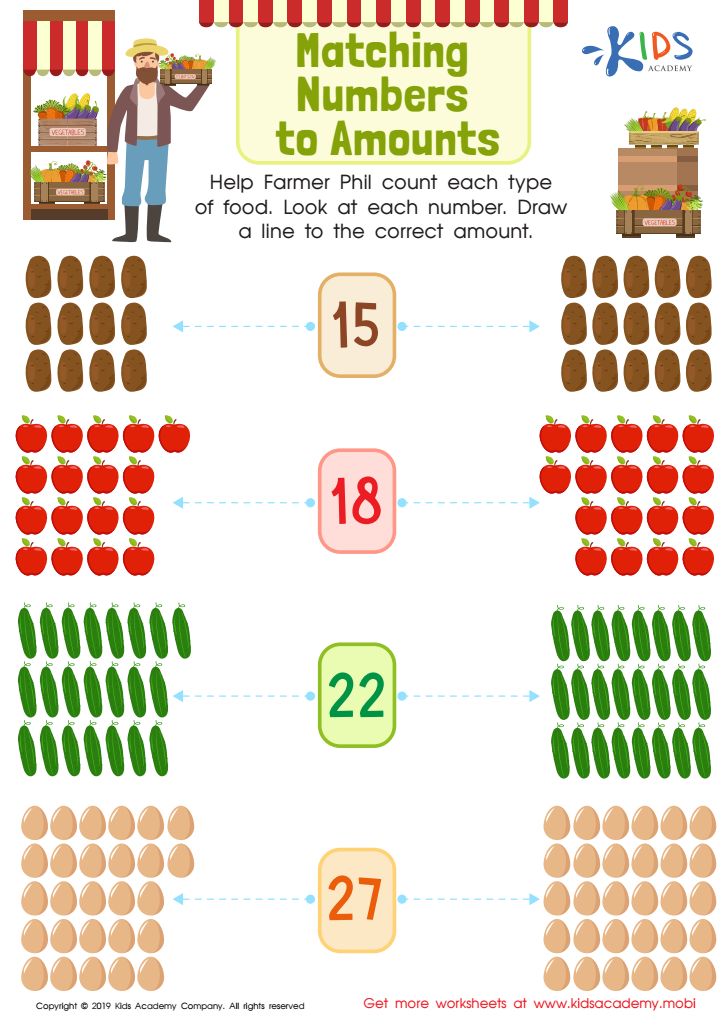

Matching Numbers to Amounts Worksheet
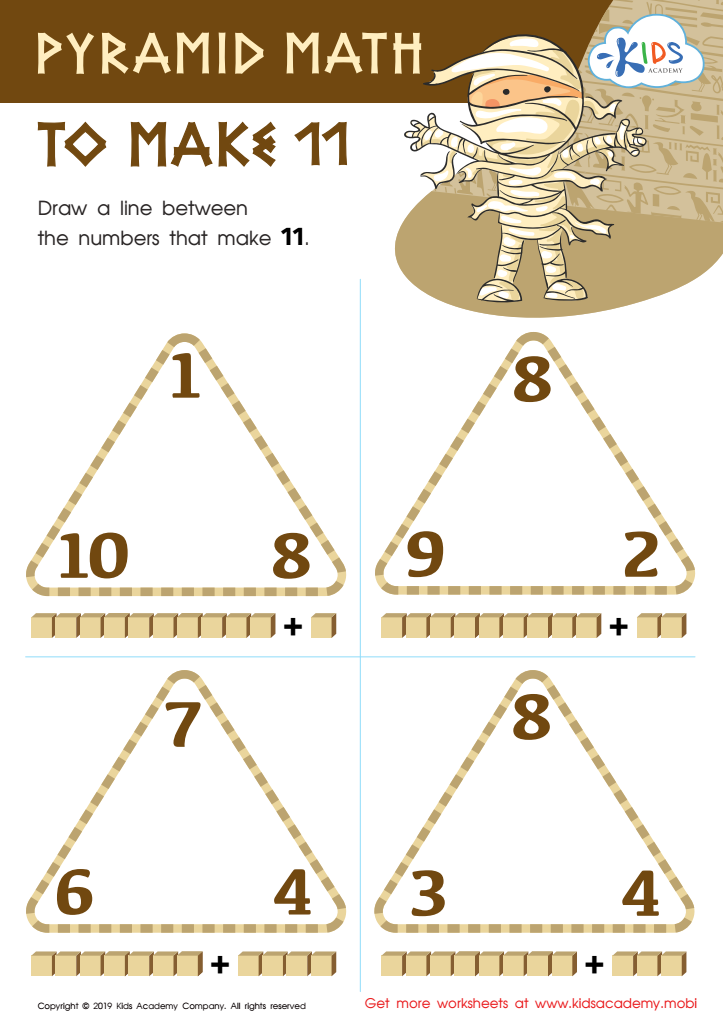

Pyramid Math to Make 11 Worksheet
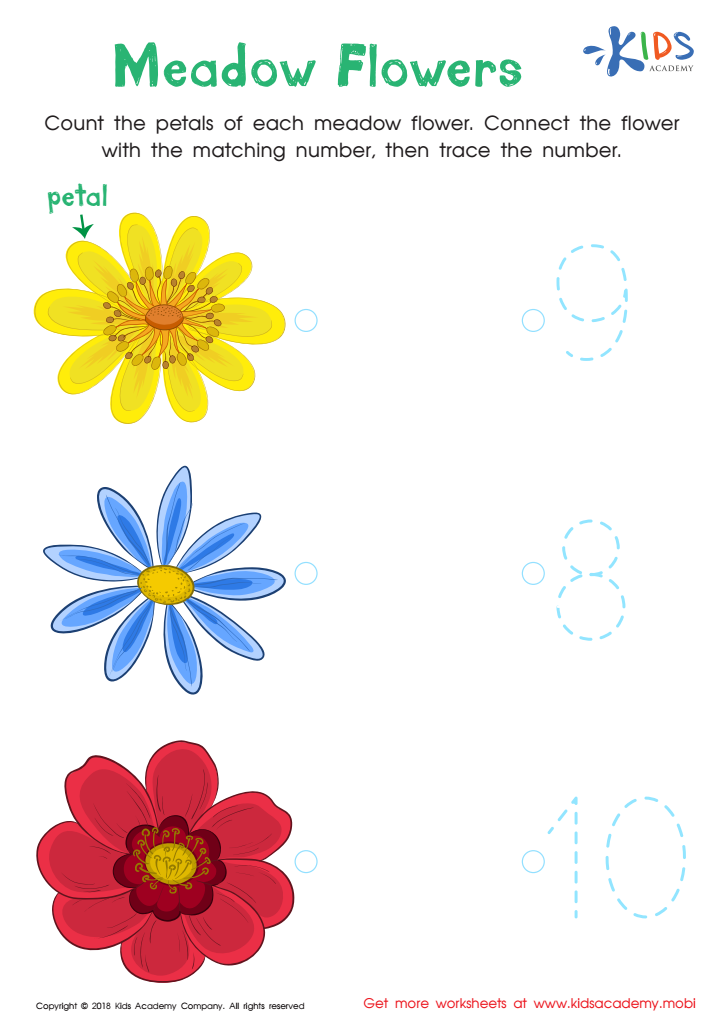

Kindergarten Number Tracing: Medow Flowers Worksheet
Number recognition is a crucial foundational skill for children aged 3-9, serving as the groundwork for more advanced mathematical concepts. Parents and teachers should prioritize this skill for several reasons. First, number recognition facilitates early mathematical understanding, allowing children to identify and visualize numbers, which is essential for counting, addition, and subtraction later on. Recognizing numbers helps children connect numerals with quantities—a fundamental aspect of numeracy.
Furthermore, early number recognition enhances cognitive development. It strengthens critical thinking and problem-solving skills as children learn to categorize, compare, and analyze numerical information. This knowledge also instills confidence in young learners, making them more willing to engage with mathematical tasks.
Additionally, number recognition is linked to literacy development. As children learn numbers, they also develop an understanding of sequences and patterns, which are important in reading and writing.
Finally, fostering number recognition at an early age helps bridge potential gaps in learning as children progress through their education, ensuring they are adequately prepared for more complex calculations and numeric relationships in later grades. By actively supporting this key skill, parents and teachers set a strong foundation for each child's ongoing academic success.
 Assign to My Students
Assign to My Students


